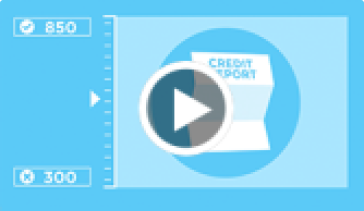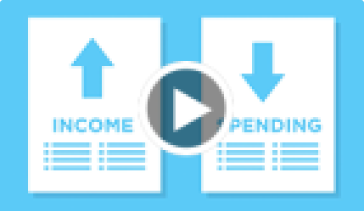
FINANCIAL WELLNESS
RISE gives you the tools to get you there
Free Tools to Build Your Credit
You can’t improve your credit without first knowing where you’re at and where you need to go. Which means before anything else, take the time to check your score and get credit alerts today. It’s free with Credit Score Plus!
Don’t understand all of these terms? That’s okay! Check out our Financial Terms Glossary for more information.

Receive Free Credit Alerts

What’s a Credit Score

Receive Free Credit Alerts

What’s a Credit Score
Build Better Money Habits

Budgeting

Savings

Debt Management

Budgeting

Savings






